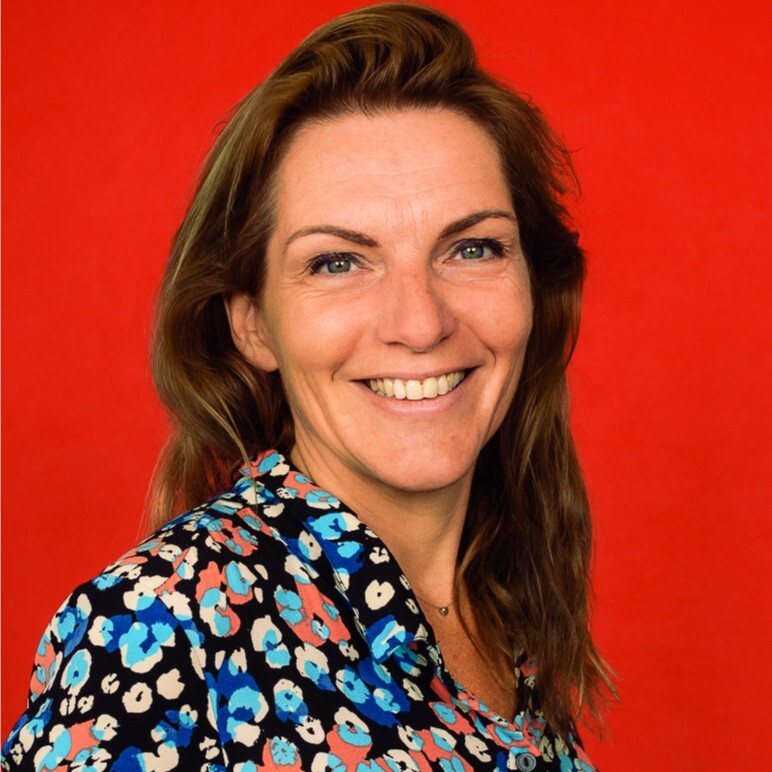Creating a ripple effect: leveraging CSRD to drive change

Today, we are having a conversation with Hanneke Wisman, the Director of Finance, Risk and Control of Dura Vermeer. Dura Vermeer is a Dutch construction company that was founded in 1855. 2Impact has collaborated with Dura Vermeer on their integrated reporting for several years and is also supporting in its journey to seek Science-based targets initiative (SBTi) validation for the net-zero ambition. The introduction of the Corporate Sustainability Reporting Directive has impacted Dura Vermeer's approach to reporting. Curious to know how? Read the interview below!

Hanneke Wisman
The CSRD accelerates companies’ action toward a sustainable world
In my opinion, there are three main benefits to the introduction of the CSRD. Firstly, the largest benefit is that the CSRD stimulates comparability between companies, which is one of the goals of the EU. By standardizing the way companies communicate about their CSR strategy, the CSRD creates a level playing field and drives businesses towards shared sustainable ambitions.
Secondly, the CSRD is a catalyst for fulfilling the many global commitments that have been made, such as the Paris Accord and the EU Green Deal Goals. By creating pressure for companies to do business more sustainably, the CSRD accelerates action from companies across sectors, whereas before they were waiting to take steps. In this way, it stimulates the transition to a more sustainable world.
Thirdly, the requirements of the CSRD for companies to act more sustainably and report on this process, brings increased transparency towards stakeholders. Stakeholders are increasingly becoming aware of the importance of ESG related topics and demanding companies to take action. Through sustainability reporting, companies can demonstrate their efforts and be held accountable.
An integrated approach is key to becoming CSRD compliant
The journey of Dura Vermeer towards the CSRD started in 2021. In that year we informed the board of the implications of the CSRD and made the decision to introduce an integrated report, which would include more than just financial information. We also created a roadmap for the years following, outlining the necessary steps to become compliant with the CSRD by 2024. In this roadmap, we already noted that it would be important to create a robust, company-wide methodology for accounting and reporting on our scope 1, 2, and 3 emissions and we prioritized this. In 2022, we committed to becoming Net Zero and set a Science Based Target. We also set up a methodology for measuring our emissions based on the Greenhouse Gas Protocol. In 2023 we launched our Net Zero Book which sets out our goal and how we plan to achieve it. Our first integrated report with financial and non-financial information was published in 2022. This was an important step as it stimulated us to contextualize quantitative information. For our 2022 report, we performed a high-level materiality analysis based on GRI topics which we updated in 2023. In 2023, we performed a double materiality analysis, which we will use to adjust our policies, processes, and actions throughout 2024. Our goal is to be fully compliant to the CSRD in 2025, using the space that is given by the phased in requirements.
The CSRD gives a framework for colleagues to work on a positive impact
Creating awareness of the CSRD and getting the right people involved did not happen overnight. As director of Finance, Risk and Control, I was the first person within Dura Vermeer to convince the board of directors of the value of the new reality of sustainability reporting. The introduction of sustainability reporting guidelines matches our ongoing efforts to create more sustainable solutions. After convincing the board, I involved senior management, as well as our internal specialists in HR, sustainability, safety, and supply chain management. In the last 2 to 3 years, these colleagues have already been involved in gathering information for the annual report, giving them a clear role in our sustainability journey. Over time, the enthusiasm for sustainability spread throughout the organization, and more and more colleagues are contributing to this momentum. The introduction of the CSRD created a focus on environmental and social themes that gives our colleagues a clear sense of direction in their work.
Nonetheless, the transition from the 'old' to the 'new' way of doing business continues to pose challenges to the company. For instance, the desire to be better is tempered by questions of cost, and the feasibility of sustainable practices. The search for alternatives and the reuse of materials sometimes causes delays which can be very harmful in the construction industry. Sometimes we see skepticism on the feasibility of sustainable practices while also trying to stay in business. Generally, though, we are really seeing a ripple effect, with widespread motivation to do the right thing for people and the planet.
Focus on doing sustainable business rather than on reporting
My main advice to companies would be to prioritize doing sustainable business. A common pitfall is that companies focus too much on fulfilling the requirements of the CSRD, with the risk of the CSRD becoming a mere reporting exercise that does not get put into practice. However, one of the main aims of the CSRD is for companies to improve the way they do business in a sustainable way. Thus, it is important for companies to start by asking themselves which themes they need to focus on to reduce their negative impact and increase their positive impact. Only when that is decided, the ESRS come into play to guide their reporting. This way, reporting becomes a byproduct of the decisions and actions you are taking internally, and companies actually are able to make an impact.
Link to our service "Double Materiality Assessment".

